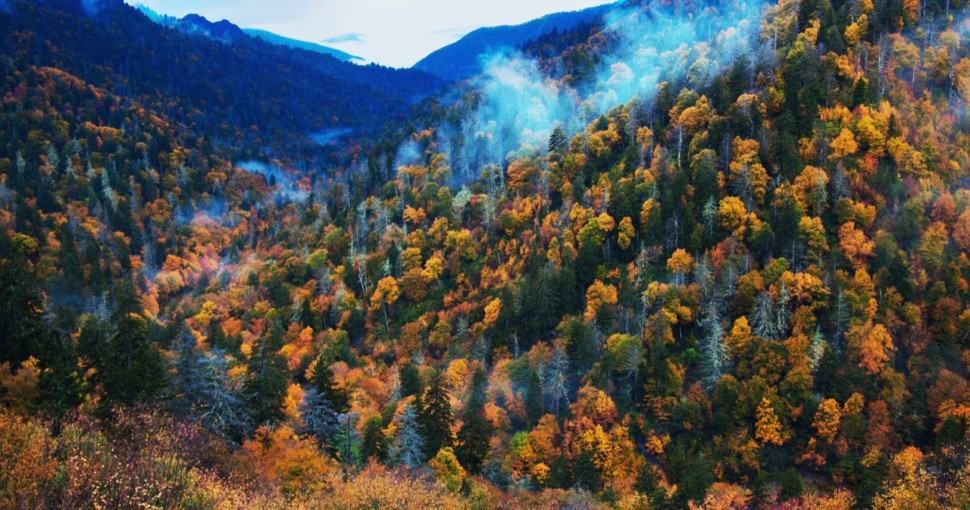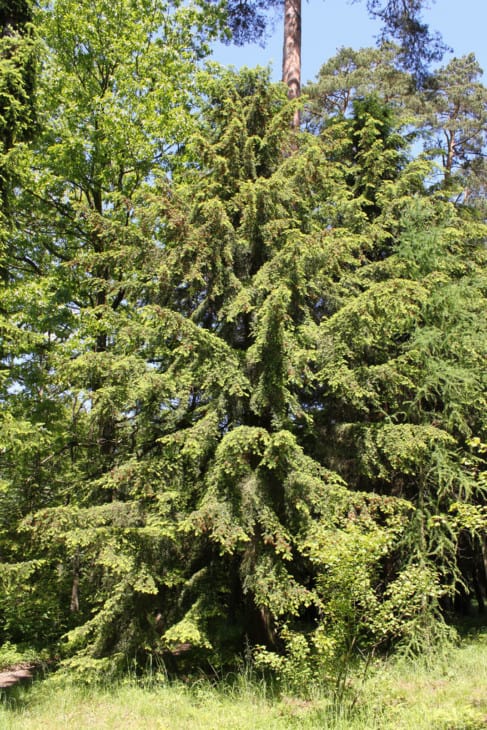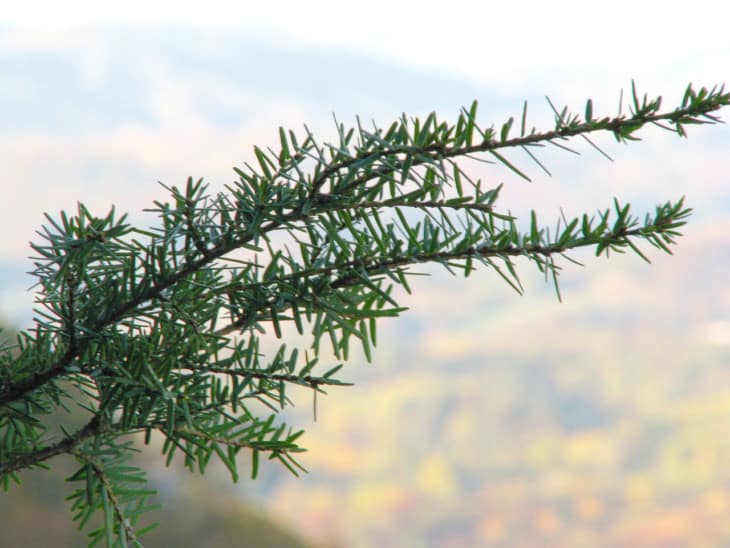Tennessee is America’s most biodiverse inland state. It has a topography that is both adaptable and abundant, with an unusual variety of trees. The ever-beautiful state boasts a wealth of spectacular scenery full of different types of trees, ranging from the Blue Ridge to the Gulf Coastal Plain and the Appalachian Ridge to the Highland Rim.
Contents
- 1. Tulip Poplar (Liriodendron tulipifera)
- 2. Ash Trees (Fraxinus)
- 3. Black Oak (Quercus velutina)
- 4. Black Walnut (Juglans nigra)
- 5. American Beech (Agus grandifolia)
- 6. Black Cherry (Prunus serotina)
- 7. Black Gum (Eucalyptus ovata)
- 8. Cottonwood (Populus)
- 9. Flowering Dogwood (Cornus florida)
- 10. Common Hackberry (Celtis occidentalis)
- 11. Hickory (Carya)
- 12. Honey Locust (Gleditsia triacanthos)
- 13. Pecan (Carya illinoinensis)
- 14. American Persimmon (Diospyros virginiana)
- 15. Red Maple (Acer rubrum)
- 16. River Birch (Betula nigra)
- 17. Sassafras (Sassafras albidum)
- 18. Scarlet Oak (Quercus coccinea)
- 19. Sourwood (Oxydendrum arboreum)
- 20. Sugarberry (Celtis laevigata)
- 21. Virginia Pine (Pinus virginiana)
- 22. Carolina Hemlock (Tsuga Caroliniana)
- 23. Boxelder Maple (Acer negundo)
- 24. Mulberry (Morus alba)
- 25. Sycamore (Platanus)
The overall mild climate of the Volunteer State is ideal for producing a wide variety of shade-giving trees. Maples, yellow poplars, oaks, dogwoods, and other native trees and shrubs can be found across the state.
Some trees can be seen growing in a variety of locations. Most trees, on the other hand, prefer to grow in environments that are best suited to their needs. Almost all trees prefer the deep, well-drained soils of flat to gently undulating land to grow and flourish in. However, some thrive in moist, well-drained valleys, caverns, and north-facing slopes, while others bloom on scorching, dry ridges and hotter, south-facing hillsides.
Apart from its mountainous areas, the Southern state has moderate winters and warm, humid summers, which are suitable for a variety of trees, including the Flowering Dogwood, pyramidal Tulip Tree, the gorgeous Scarlet Oak, a wide variety of gorgeous Pecan trees, and many more. They range from beautiful ornamental specimen trees to fruit trees that are home to diverse wildlife habitats.
Knowing which trees are more likely to be found in various sections of Tennessee and at specific locations might aid in the appropriate identification. Here are some of the most common trees found in Tennessee.
1. Tulip Poplar (Liriodendron tulipifera)
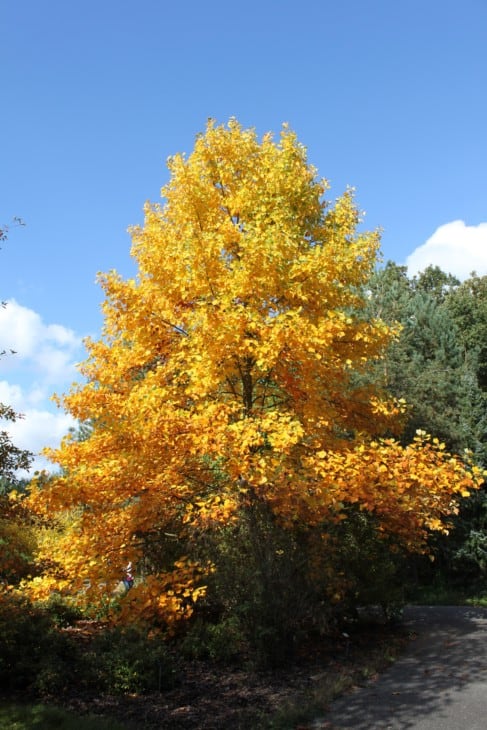
The Tulip Poplar is native to eastern North America. It gives a very significant supply of timber because of its height of 70 to 90 feet. It is a fast-growing tree and is the state tree of Tennessee. Tulip Poplar is frequently found in Illinois, Rhode Island, Massachusetts, and Florida, as well as Kentucky, and Indiana, where it is also regarded as a state tree.
2. Ash Trees (Fraxinus)
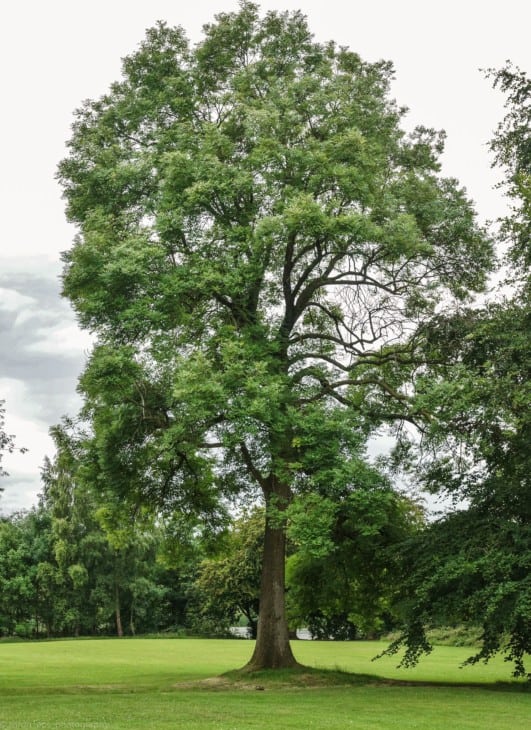
The dark green leaves turn a variety of colors in the fall, from yellow to purple. The bark has diamond-shaped parts interwoven with ridges and is ash grey to gray-brown in color. Ash trees can grow to be very tall, reaching a height of 50 to 80 feet. White ash, green ash, and blue ash are the most frequent native ash species in Middle Tennessee.
3. Black Oak (Quercus velutina)
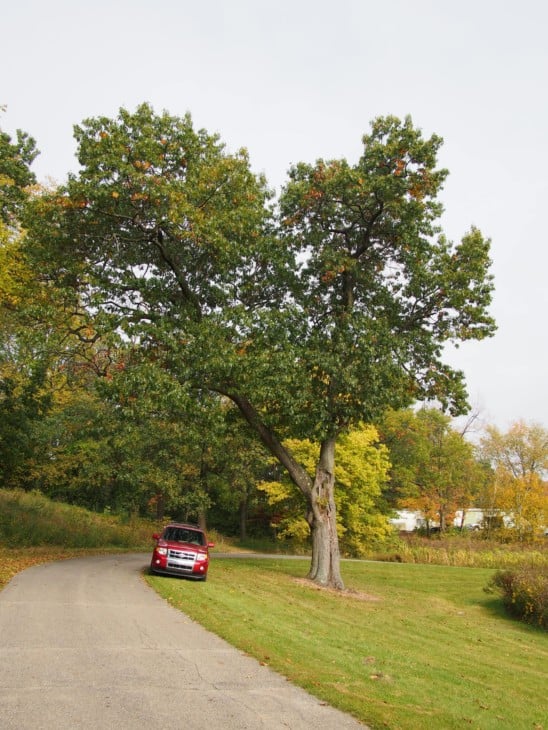
The bark of immature Black Oak trees is grey and smooth, whereas the bark of mature trees is darker, rugged, and ridged. The tree can reach a height of 50-80 feet and has a large canopy of branches. The leaves’ upper surface is a brilliant green, while the undersides are pale with a few small hairs. Its natural range stretches from Ontario down to Florida, Maine, and Texas.
4. Black Walnut (Juglans nigra)
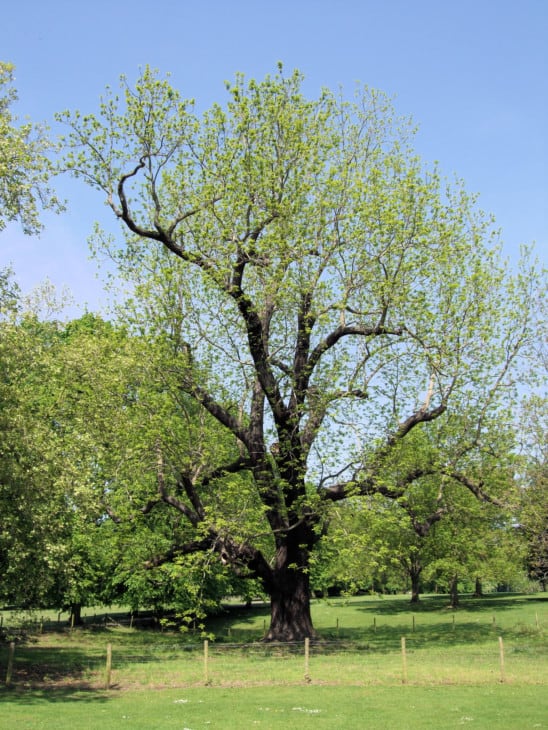
The Black Walnut tree grows up to 50 to 75 feet, growing 36 to 48 inches per year. It blooms in late spring with yellowish-green flowers. Its nuts turn black after dropping to the ground and can stain sidewalks and clothing. The leaves release juglone, a chemical that slows the growth of other nearby plants.
5. American Beech (Agus grandifolia)
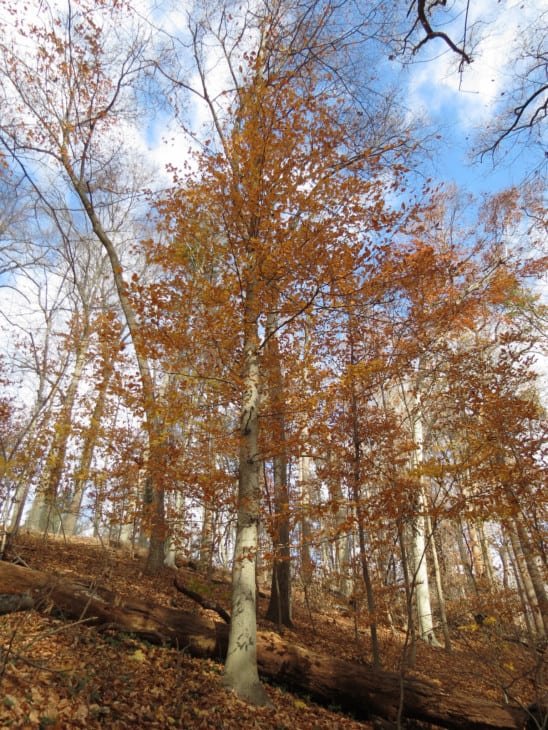
The American Beech is a tall deciduous tree with smooth, light-gray bark and dark green leaves that are deeply toothed and have intricate veins. It reaches a height of 50 to 70 feet. The foliage becomes a copper color in the autumn and persists on the tree well into the winter. It has yellowish-green flowers that blossom from April to May.
6. Black Cherry (Prunus serotina)
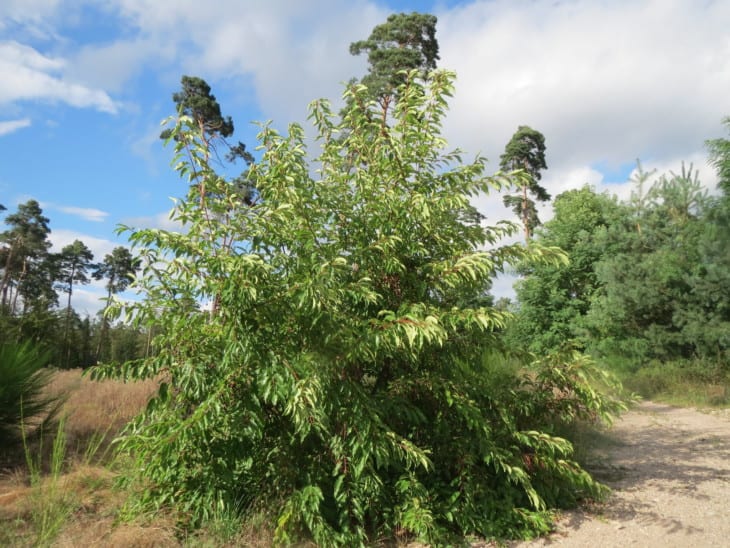
Growing as tall as 50 to 80 feet, Black Cherry trees grow best on fertile loam but can tolerate gravelly and sandy soils. Fragrant, white flowers appear in late May, followed by glossy, red to blackberries in late summer. In fall, its green leaves turn yellow and burgundy red. This tree has a high wildlife value, being home to numerous birds, insect, and mammal species.
7. Black Gum (Eucalyptus ovata)
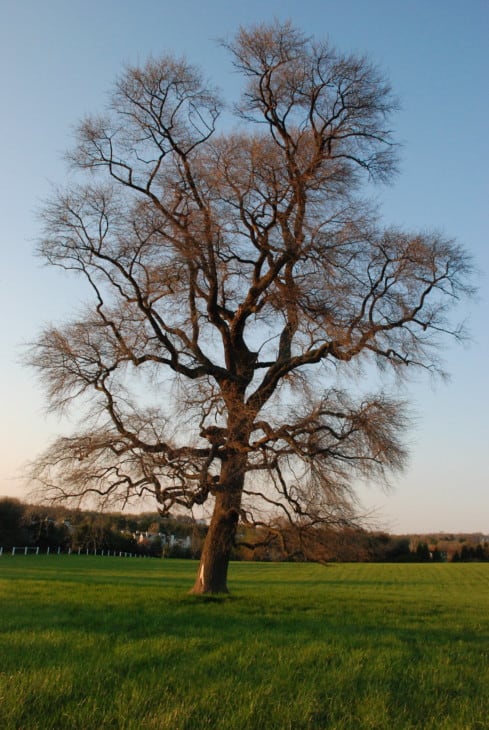
This fast-growing upright gum tree, also known as Swamp Gum, is native to Australia. The canopy is somewhat dense, and the uppermost trunk and branches have very rough bark that sheds. From March through June, the flowers are white and crowded closely. The shiny, oval-shaped mature leaves have wavy borders.
8. Cottonwood (Populus)
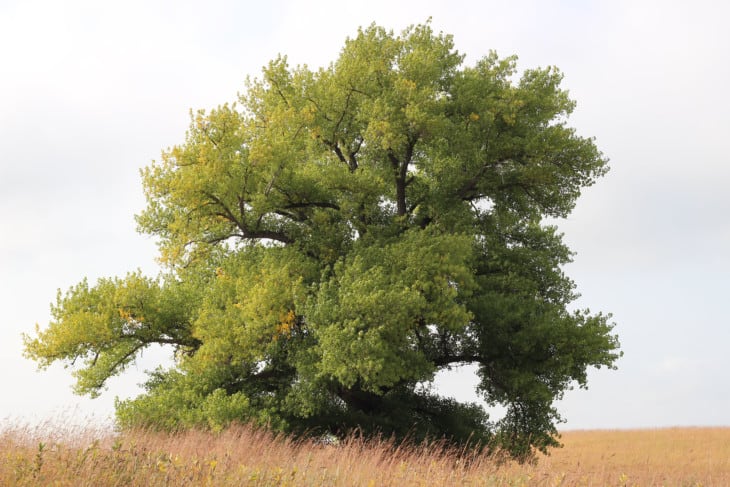
This deciduous broadleaf species grows up to 100 feet tall, with wide trunks expanding to 6 feet. It has a hard and gray bark. Black Cottonwood is commonly found throughout the country, in the mountains of California, the forests of Washington and Oregon, and even in Idaho, Wyoming, Nevada, Utah, Montana, and North Dakota.
9. Flowering Dogwood (Cornus florida)
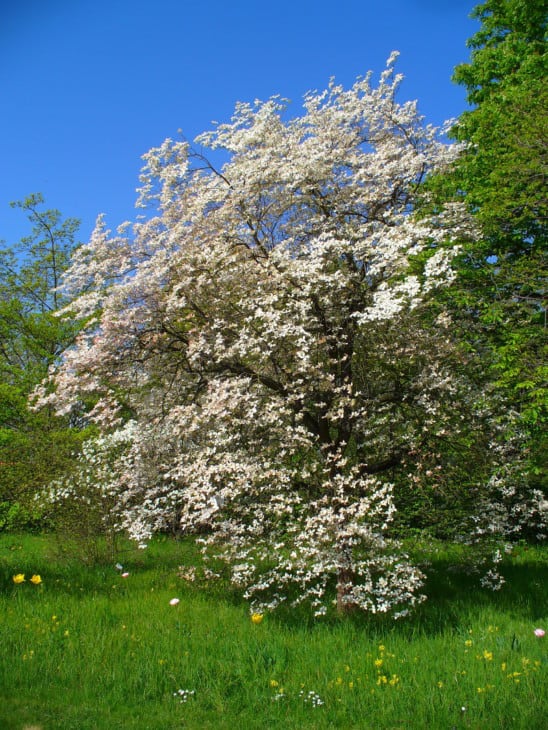
Dogwood trees are acclimated to the unpredictable Tennessee weather. In autumn, it produces reddish, yellow, deep-purple, and burgundy leaves. The trees grow to be 20 to 25 feet tall. In the winter, it yields bright red fruits that feed wildlife and birds. Dogwood trees are well-known for their beauty, and they are also the state trees of Virginia and Missouri.
10. Common Hackberry (Celtis occidentalis)
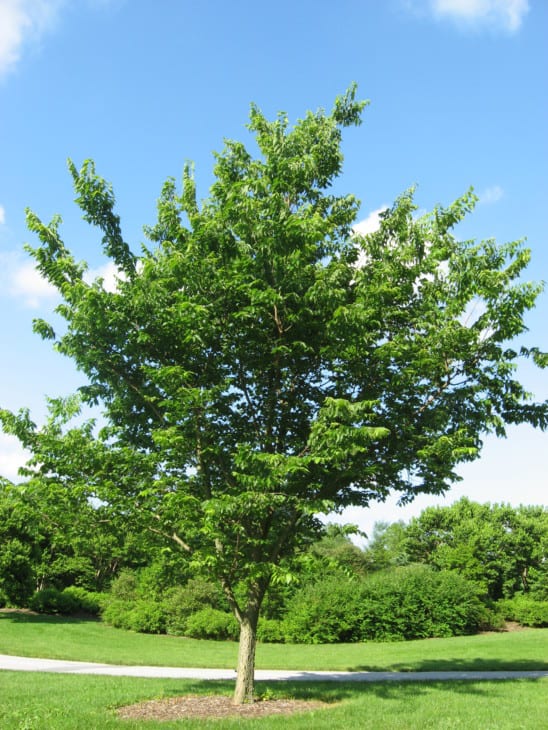
The Common Hackberry can adapt to a variety of soil types and pH. It can grow to 40 to 60 feet tall and can survive over 100 years. In April, it produces inconspicuous, white and green flowers and reddish-purple berries in the fall. Hackberry trees are excellent sources of shelter and food for wildlife.
11. Hickory (Carya)
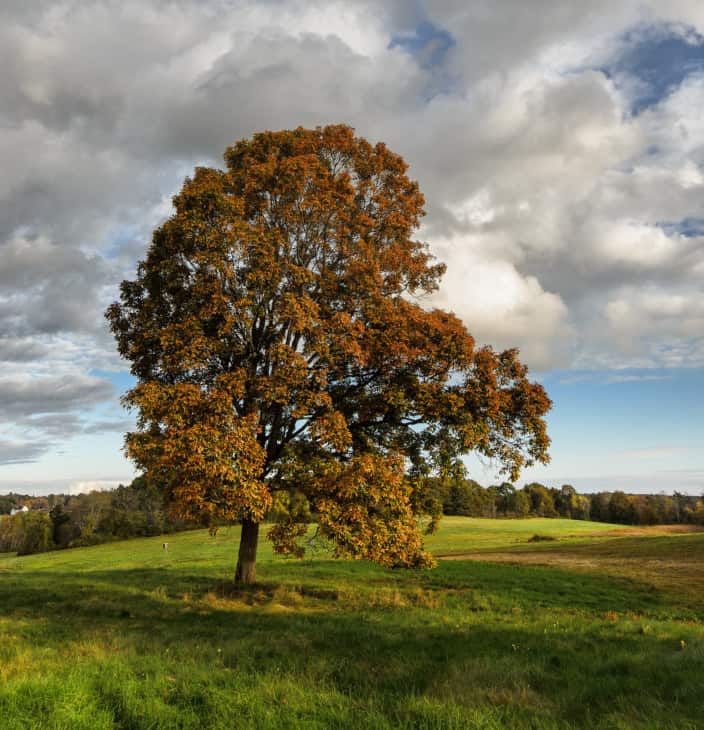
Hickory trees have smooth, straight trunks with greyish flaky bark as they reach maturity. They feature a widespread crown that can grow to be over 100 feet tall. The fruit is a nut surrounded by a semi-woody husk. The central and eastern areas of the United States are home to these trees. Its robust wood and delicious nuts make it suitable for a wide range of uses.
12. Honey Locust (Gleditsia triacanthos)
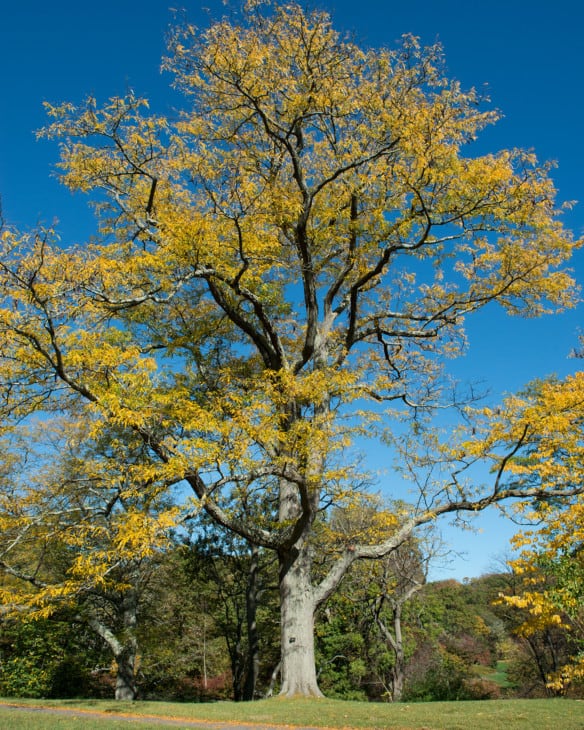
Indigenous to North America, the Honey Locust tree thrives in moist soils near river valleys. This highly adaptable, deciduous tree is fast-growing and long-lasting, reaching a height of 60-70 feet, and living for more than 100 years. It is commonly used as an ornamental tree in parks, porches, and urban settings.
13. Pecan (Carya illinoinensis)
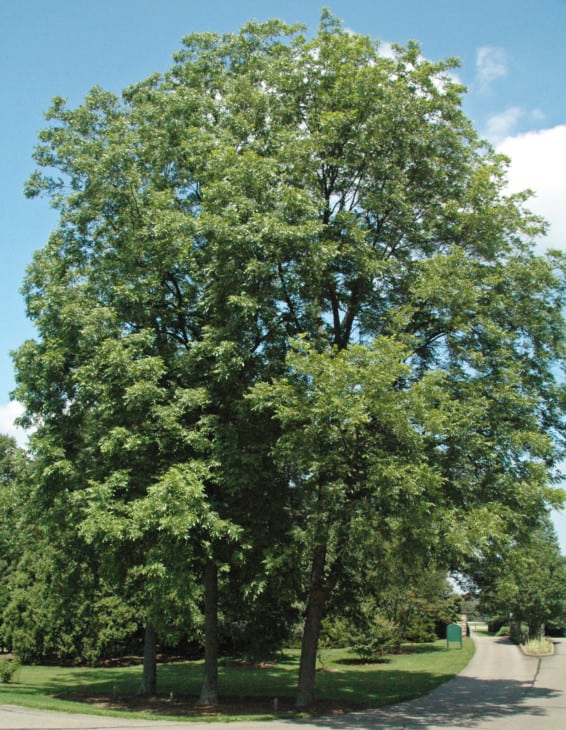
Pecan trees are native to western Tennessee, but they can also be found in eastern counties like Marion, Blount, Hancock, and Sevier. They can grow from 70 to 120 feet, depending on the species. Pecan seeds are delicious and have a rich, buttery flavor. They can be eaten raw or cooked and are especially good in sweet dishes.
14. American Persimmon (Diospyros virginiana)
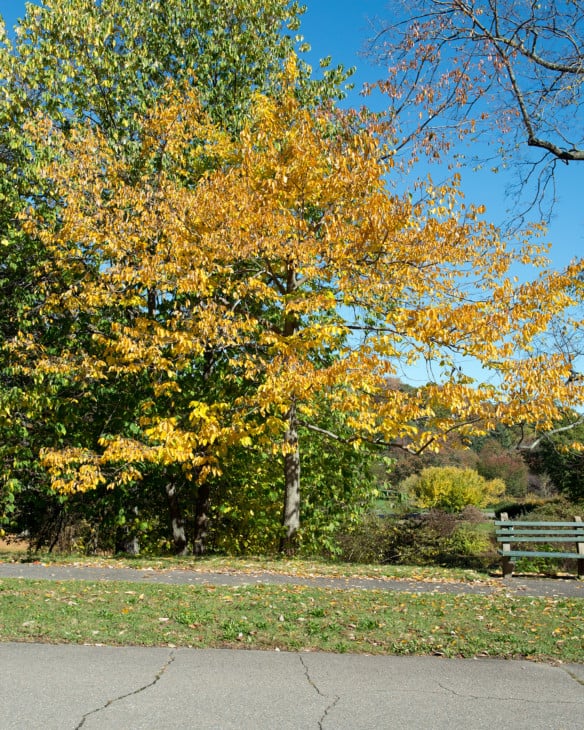
The plant is a tiny tree that grows 30 to 80 feet tall, with a short, narrow trunk and pendulous branches that form a canopy with a rounded crown. Since the tree is often dioecious, fruit can only be obtained if both male and female trees are present. From southern Connecticut to Florida and west to Texas, Oklahoma, Louisiana, Kansas, and Iowa, it covers a large area.
15. Red Maple (Acer rubrum)
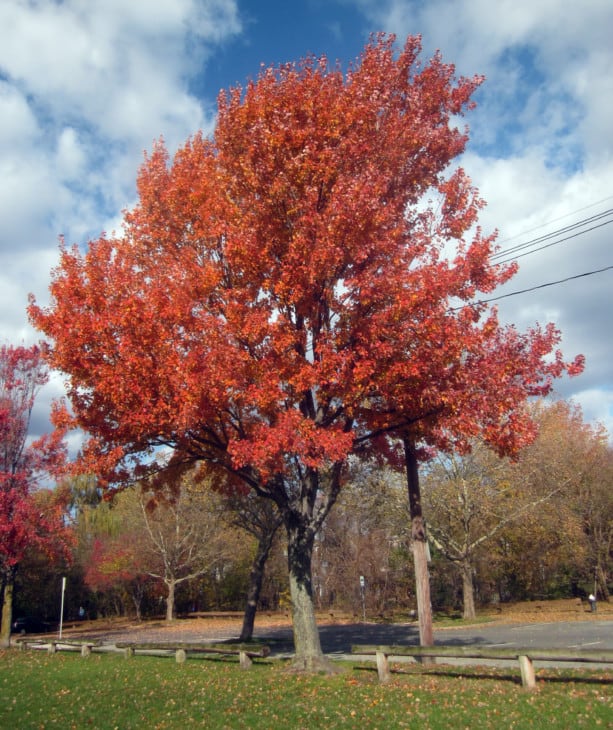
The red hue of the leaves, branches, stalks, and flowers distinguishes the Red Maple. At maturity, this tree, also known as Soft Maple, reaches a height of 90 to 100 feet and flourishes at elevations ranging from sea level to 3000 feet. The Red Maple is adaptable to a wide range of settings, including swamplands and dry soils.
16. River Birch (Betula nigra)
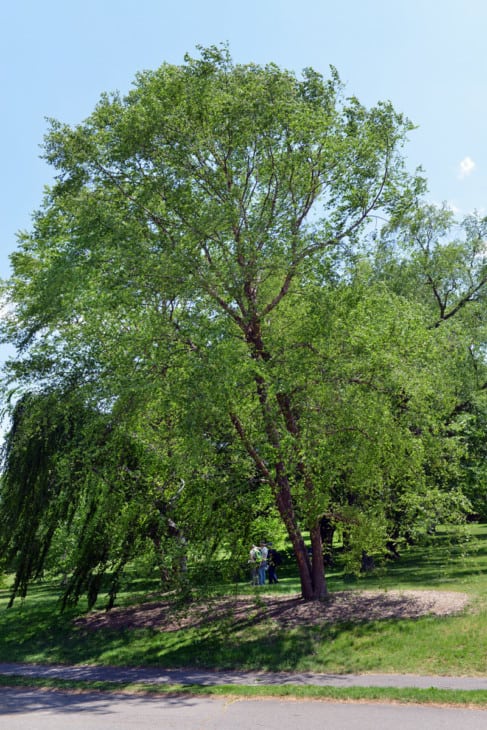
River Birch can be found throughout the Southeastern United States, including Tennessee. River birch can be found thriving near water, such as along stream banks, swampy places, and floodplains. The trees aid in preventing stream bank erosion. It can reach heights of 40 to 70 feet and bloom with brown or green flowers from April to May.
17. Sassafras (Sassafras albidum)
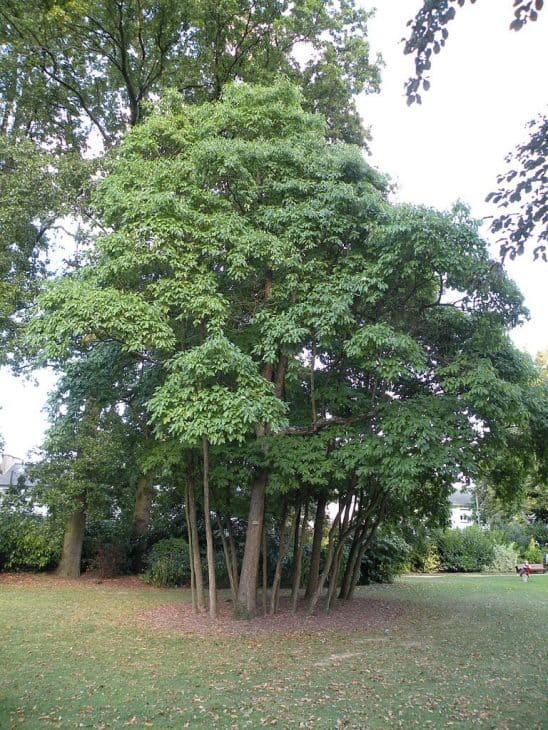
The Sassafras tree grows 35 to 50 feet tall and has branches that grow in a beautiful horizontal pattern as well as a distinctive, ridged, brownish-red bark. The brilliant green foliage turns a golden or red shade in the autumn. The green twigs and stalks have a particularly nice and fragrant scent. The aromatic flowers that appear in the spring lure in birds, honeybees, and butterflies.
18. Scarlet Oak (Quercus coccinea)
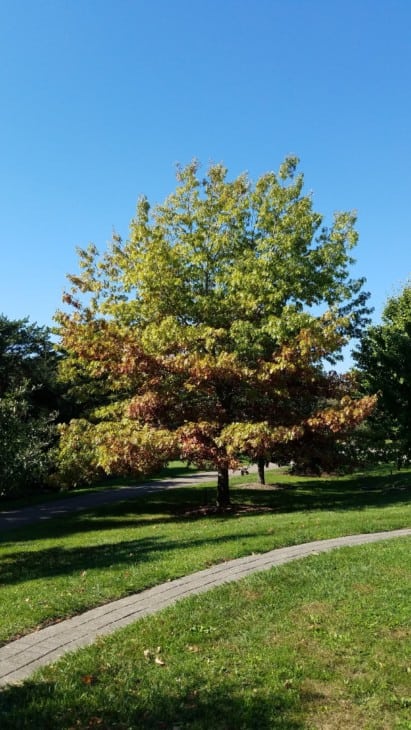
The Scarlet Oak tree can grow up to 50 to 70 feet tall and is a low-maintenance shade or street tree. It blooms from April to May with yellowish-green flowers. Its foliage is glossy and green in the summer but turns a vibrant red in the fall. It is a long-lived tree, surviving up to 200 to 300 years.
19. Sourwood (Oxydendrum arboreum)
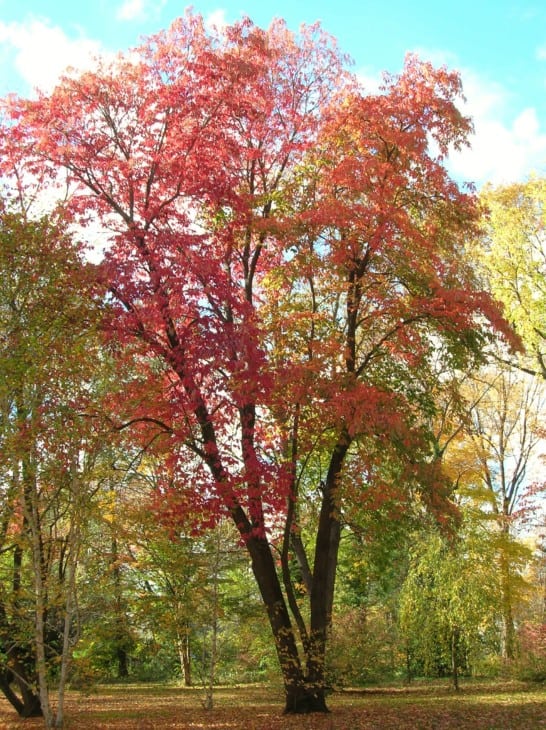
As the blossoms resemble those of the lily-of-the-valley plant, Sourwood trees are frequently referred to as the lily-of-the-valley tree. Sourwood trees are small trees with a diameter of approximately one foot and a height of around 50 feet. They are known for their sweet nectar, which is used to produce honey. Its fall foliage is scarlet red when grown in full sun.
20. Sugarberry (Celtis laevigata)
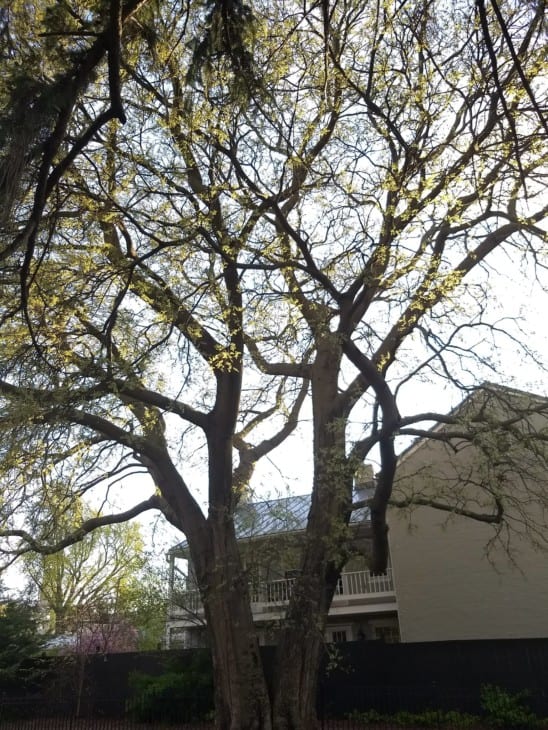
Sugarberry is a deciduous tree indigenous to North America that can reach a height of 50-70 feet with a spread of only a few feet. It is a fast-growing tree with a round vase crown that is tolerant of urban pollutants and makes a decent shade tree. Many birds and mammals consume the crimson or purple fruits once they ripen.
21. Virginia Pine (Pinus virginiana)
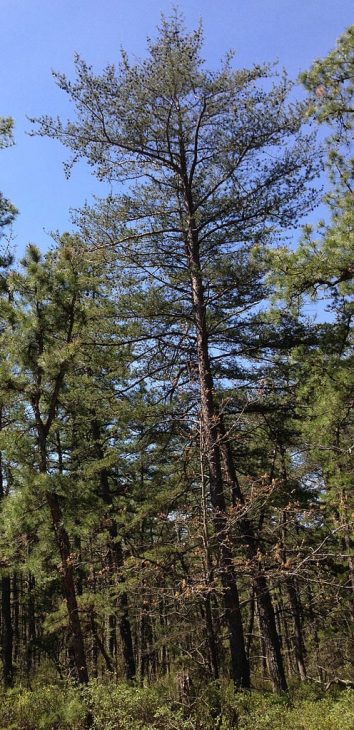
The Virginia Pine is a medium-sized tree that is native to North America, often found in poor soils, from Long Island to the Appalachian Mountain, all the way to Tennessee and Alabama. It can grow from 20 to 60 feet, with a trunk of 20 inches in diameter. Its needles are twisted, relatively short, and are grown in bunches of two. It has a red and brown bark.
22. Carolina Hemlock (Tsuga Caroliniana)
Hemlocks are evergreen, slow-growing trees that can reach above 150 feet tall. They help provide moderate air and water temperature throughout eastern Tennessee, particularly on the Cumberland Plateau and in the Great Smoky Mountains. The majority of Western Hemlock trees can be found along the Pacific coast in Washington, Oregon, and Alaska, while some populations can be located in west Montana and North Idaho.
23. Boxelder Maple (Acer negundo)
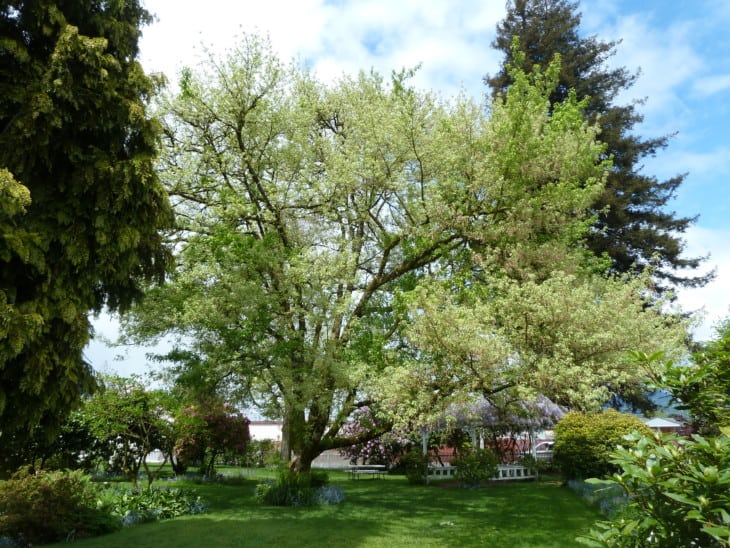
The Box Elder tree can grow to be 35 to 66 feet tall and 40 feet wide. Though the Box Elder tree is commonly found by streams, it can adapt to drought conditions. Short trunks and dense crowns, as well as lustrous and green twigs, characterize these trees. They also have long, silky branches.
24. Mulberry (Morus alba)
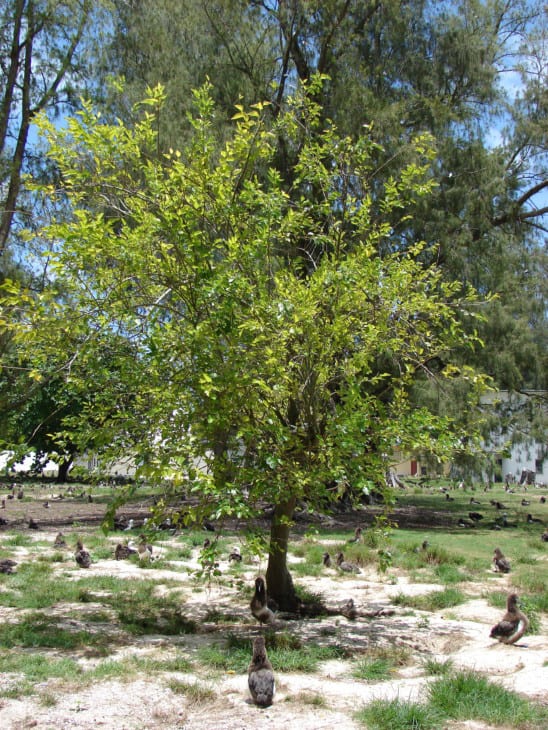
The Red Mulberry is usually 35 to 50 feet tall, with a 35 to 40 foot spread and catkin-like flowers that bloom in late spring. It produces a dark reddish or purple berry that resembles a blackberry. The fruit is commonly used in Appalachia for pies, jams, juice, raw fruit, and wine. It thrives in shaded woods, river banks, ravines, and ditches.
25. Sycamore (Platanus)
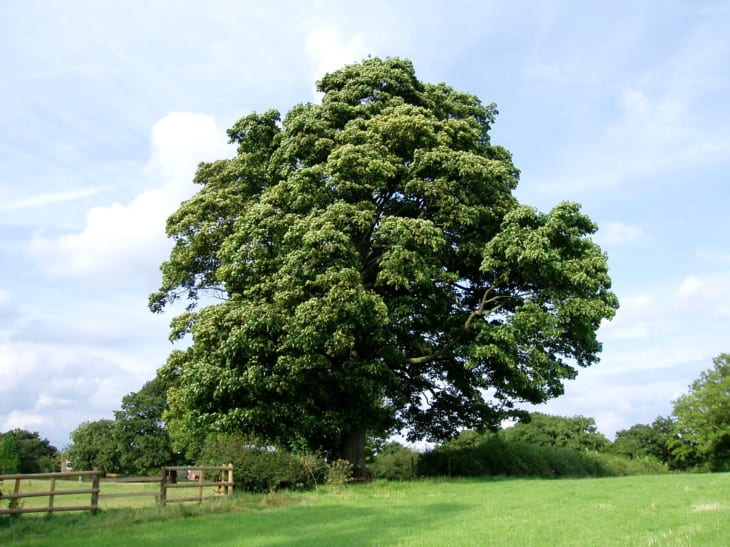
Sycamores thrive in sandy soils near rivers and streams. They can grow to be gigantic trees with soaring white trunks that stand out prominently in the leafless winter environment. All Sycamore species reach up to 30 to 50 feet high and have bark that peels off in irregularly shaped patches as they mature.

